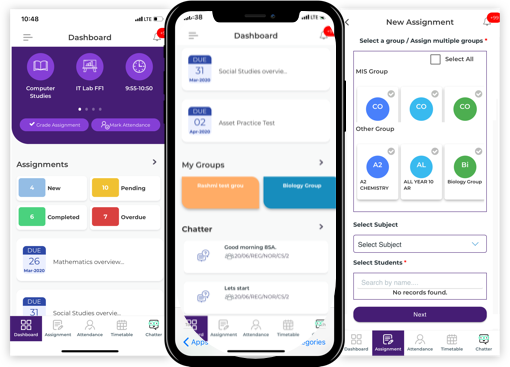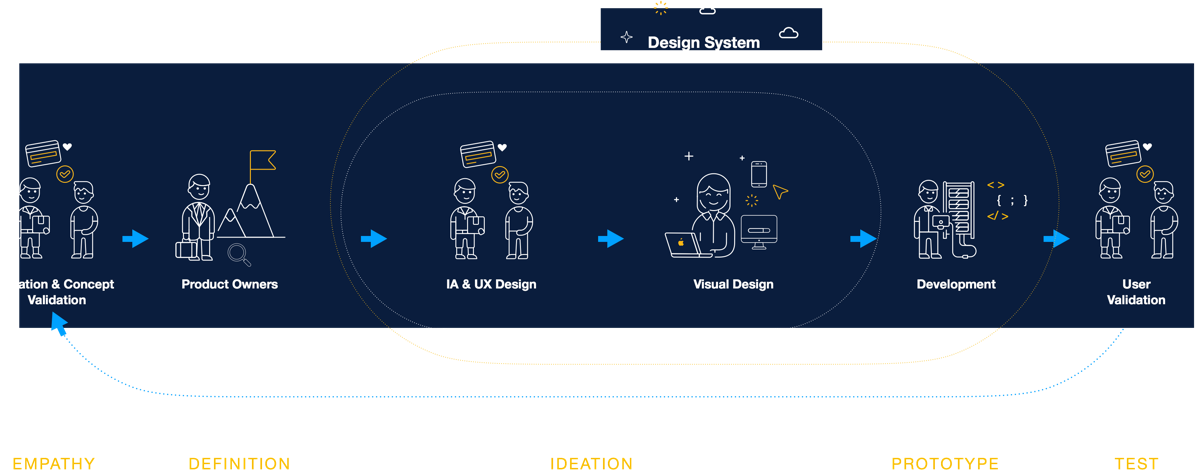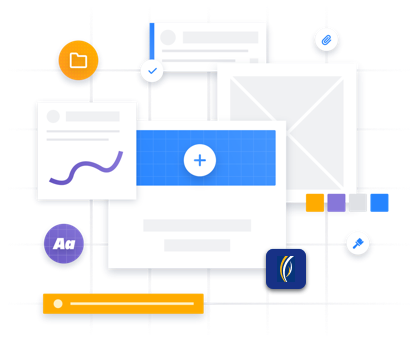Client
GEMS Education, DubaiAgency
Finesse FZ LLCRoles Undertaken
UX Research, Low/High Fidelity Wireframes,Deliverables
Wireframes, Design Components, Visual Designs for Desktop & TabletDevelopment Methodology
Agile / Lean UXTool we Used
Figma, Miro Board, InVision and Abstract

To start building my comprehension of the context of LMS’ users I decided to read G²Crowd online reviews about such systems. I read online reviews about 6 different systems to recognize patterns of delight and pain. By doing so I was expecting to conjecture what are the most frequent problems users face when trying to manage their academic lives.

We have decided to go with the same UCD process what and how
I have done in my previous project with ENBD Bank.

In the Pendamic situation, Miro has given us the opportunity and flexibility to reinvent collaboration and bring offshore teams together virtually for crucial meetings and collaboration, and that is how we have continued to build the next big thing with an inspiring level of resilience.

To provide the best possible experience for our customers, we have implemented omni-channel strategy that includes native solutions for major mobile, Tablet platforms to responsive desktop services.

We love building design systems that grow with our clients. We created reusable components for our applications to make future scaling simple.



While working with our client we realised some constraints, such a product owner who was time poor. To counteract this we needed to adapt the UCD process and come up with something which would allow our product owner to understand the users and his team’s point of view but still allow her to make the final decision.
As part of the engagement we wanted to share knowledge on different topics which would be useful for our client, this included a mix of UCD and tech related subjects.
Another key aim for our project was to build a design system bespoke for our client which would be used for the products we were helping to build but then leave the foundation to be used for future products to be built after our engagement had finished. This was the first time our client had attempted to build out a design system which has key benefits not only for users but also from a tech perspective.
Of course throughout our engagement it wasn’t all plain sailing, a few things we had to overcome.
Agile project working within waterfall — Being a small part of agile working within a larger waterfall programme we did at certain points get blocked by other teams in the business, we had to be honest and clear about the implications and how it could affect delivery which our client was very appreciative.
Moving from in person to full remote — Our engagement kicked off about 1 month before the coronavirus pandemic hit, meaning we had to adapt to fully remote working with our client. This was very tricky at first, with many meetings overrunning and communication getting muddied. We had to change certain UCD sessions like wireframing, sketching, shifting to using Miro whiteboard tool. Eventually we were able to both get on the same page around expectations from each other to lead to a successful fully remote working partnership.
Of course throughout our engagement it wasn’t all plain sailing, a few things we had to overcome.
Agile project working within waterfall — Being a small part of agile working within a larger waterfall programme we did at certain points get blocked by other teams in the business, we had to be honest and clear about the implications and how it could affect delivery which our client was very appreciative.
Moving from in person to full remote — Our engagement kicked off about 1 month before the coronavirus pandemic hit, meaning we had to adapt to fully remote working with our client. This was very tricky at first, with many meetings overrunning and communication getting muddied. We had to change certain UCD sessions like wireframing, sketching, shifting to using Miro whiteboard tool. Eventually we were able to both get on the same page around expectations from each other to lead to a successful fully remote working partnership.